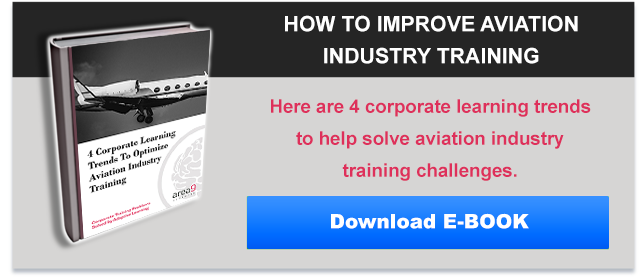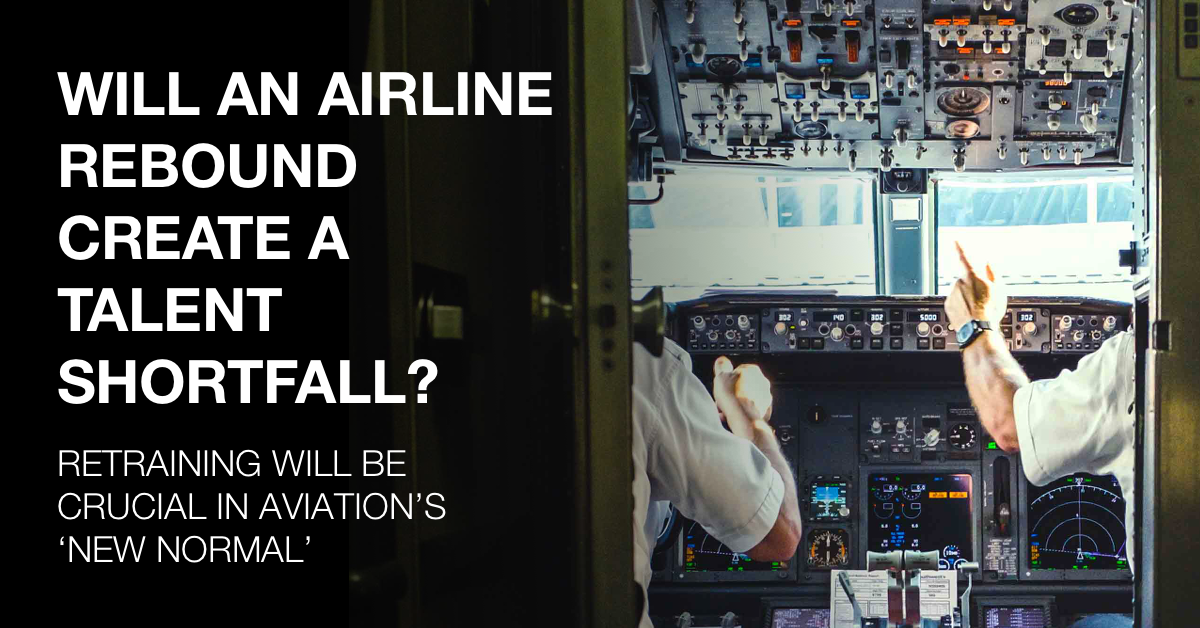When an airline needs to train, you know it’s no small undertaking. From flight operations, to airport and network operations, a large airline has to train thousands of employees. The obvious choice for training on this scale is to utilize online training.
But which training is the best for when you need:
- massively scalable, effective training that can train 10,000 or more employees quickly
- training that matches the high standards of the airline industry, to ensure safety protocols are met
On top of those requirements, you also need a training system that can easily adjust to everyone’s needs. Otherwise, you have to get training from multiple sources.
Microlearning is one option, but the problem with microlearning is that it doesn’t actually decrease training time. For example, if you take an hour-long class and break it up into fifteen-minute chunks, it still takes an hour to complete the same amount of learning. Not only that, but what would have been completed in a single day in that one-hour class will now be divided into many more days.
Another option, for training pilots and flight attendants is gamification — a popular trend in corporate learning. Unfortunately gamification is a blunt instrument. Different people respond to different game mechanics — some like leaderboards, others like quests, others simply want to progress. Simple approaches to gamification add to development costs without generating the expected benefit.
But the main problem with gamification is that, when used in a gaming context, the goal is to keep players playing. Gamification as a learning method can assist in motivating certain learners, but doesn’t reduce training time for already time-pressed employees. The goal of learning should be to achieve mastery quickly, not keep learners playing.
Adaptive Learning: Optimal Training for Pilots and Flight Attendants
Unlike microlearning and gamification, Adaptive Learning doesn’t stretch training into longer timeframes, and it keeps a diverse set of learners engaged throughout its personalized learning program. Adaptive Learning’s personalized training is scalable to any company size, and it can be adjusted to suit any learner, ensuring the employee stays engaged and will also reach learner mastery.
And because Adaptive Learning doesn’t waste time on what the learner is already an expert on, training is 50% faster — without sacrificing quality.







